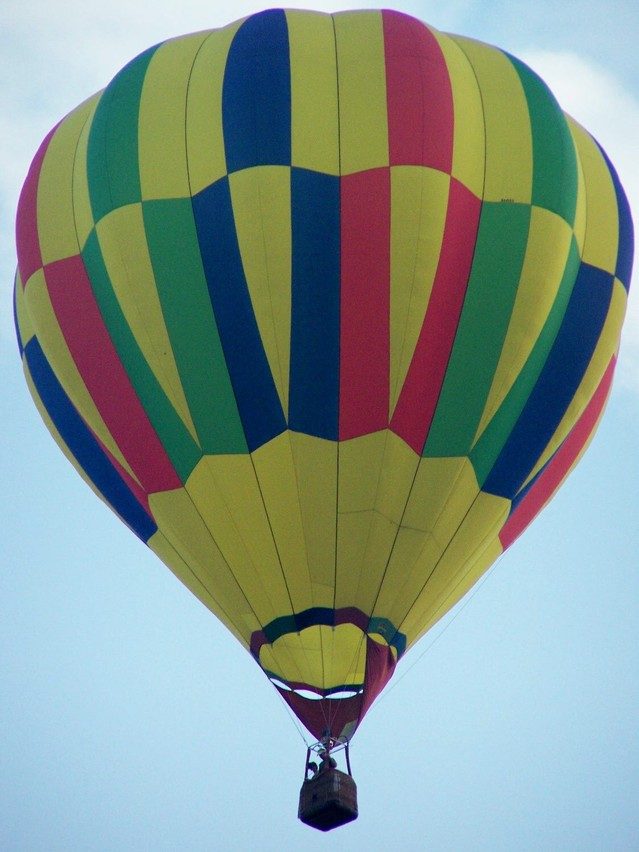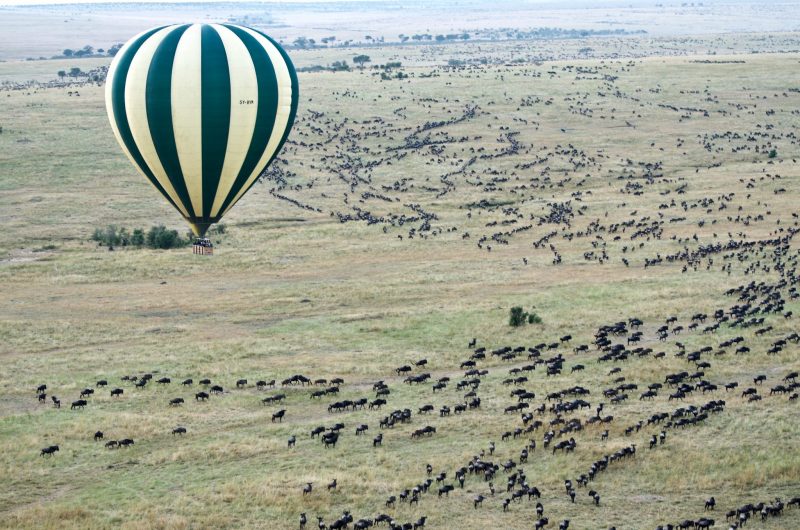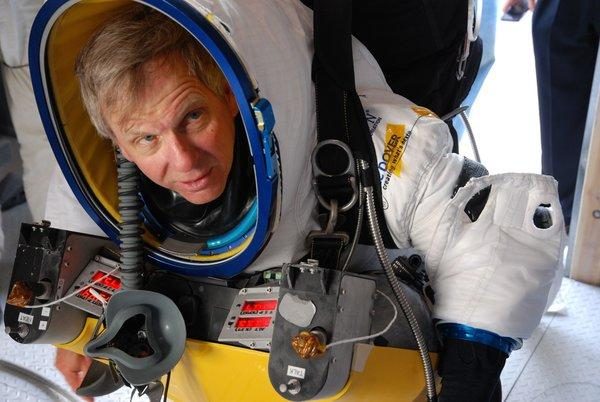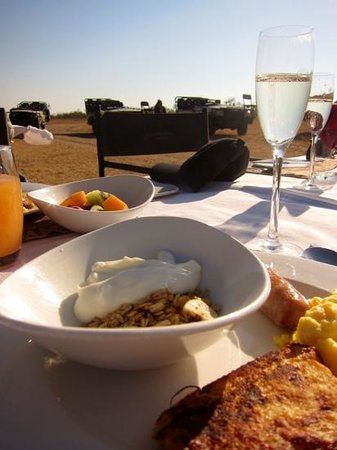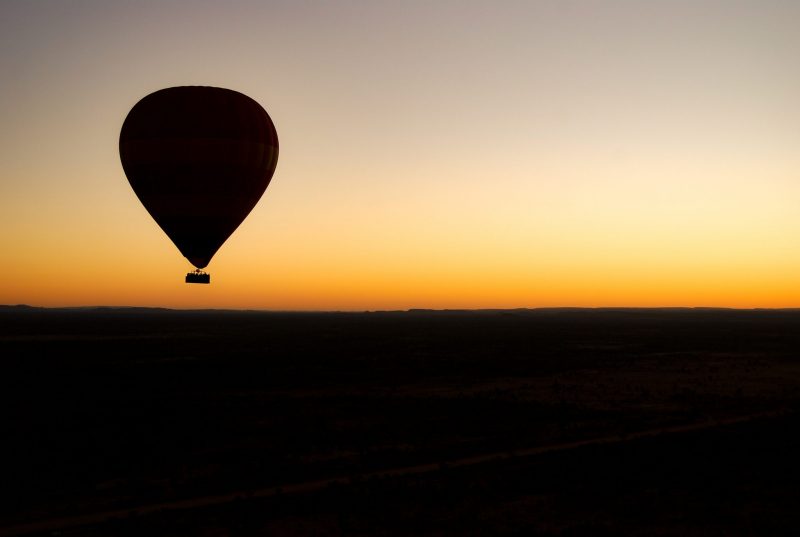First Hot Air Balloon In Kenya
The idea of ballooning over the Mara plains in Kenya was first mentioned in 1862 in Five Weeks in a Balloon, a novel by Jules Verne. But in Kenya, hot air ballooning began in 1962 when the balloonist and writer from England, Anthony Smith, inspired by the book, visited Kenya 100 years later. Using a balloon that operated with hydrogen, Smith successfully crossed from Zanzibar and flew over the Great Rift Valley and the Serengeti plains.
Photography from above
Accompanying Smith during the early flights was the cameraman Sir Alan Root, now a famous wildlife filmmaker, who realized that ballooning would offer the best way and a bird’s-eye view to film wildlife as opposed to a helicopter or plane that cannot be as quiet or fly low enough. He believed that if he can overcome the problems of maneuverability and expense, a balloon was the perfect spot from which to enjoy the majesty of the Kenyan landscape. That thought planted a seed in Alan’s mind.
Safari by balloon
Root delivered a hot air balloon to Kenya and learned to fly it with the help of a trained pilot. Early flights were risky until Europeans adapted the flying techniques and tools of the balloon to Kenyan conditions. Root’s efforts resulted in Safari by Balloon, one of his most famous films now seen by 98 million people. That planted another idea in Alan’s mind.
Maiden sky safari
On the location, Root was asked several times by passing travelers and tourists to take them up on flights to see the wildlife over the savanna. It was these tourists to Kenya, wanting to see it from a different perspective, who inspired him to set up the first balloon company in Kenya in the Maasai Mara Game Reserve at Keekorok Lodge. This venture blossomed into Balloon Safaris Ltd. Root launched the first balloon flight in the year 1976. On the 3rd of January of the same year, the maiden flight took off from Keekorok Lodge letting people enjoy the fantastic experience from a balloon.
More adaptable features
The first balloons could only carry a maximum of five passengers. But modern-day balloons are adapted to suit the needs of the safari travelers. For example, three times bigger baskets supersede the cramped ones. The baskets these days can contain up to 16 passengers and a pilot. Hot air balloons in Kenya are among the largest of its kind in the world. They have the height of a 10-storey building. At sea level, balloons can lift over two tonnes.
Pulling the crowd
Since the first balloon safari flight, it has become a significant attraction for many people in Kenya. Thousands of passengers have flown above the Mara in a hot air balloon. Millions of people have enjoyed the sounds and sights of the wild. On morning drives, it is easy to count at least half a dozen of them at one time. And there are several launch sites in the game reserve.
Embarking on baskets
The most dreadful thing about flying in a hot air balloon is getting into the basket. It lies on its side before inflating the envelope. Then the passengers crawl into the basket while lying down with their knees drawn to their face and head sticking out a little. Before long the air in the balloon gets heated by the fuel and becomes hotter than the cold air outside, which gives it the much-needed lift to fly. Gradually, the basket rises from its side and rests on its bottom. The hotter the air, the faster it ascends. The crew holds the basket with ropes while the balloon gets filled with more hot air.
Same flight pattern
The daily flights follow the same pattern. Balloon safaris take off at dawn. At around 5:30 am, the passengers are picked up from their lodge or camp and driven to the take-off site. The mornings are slightly nippy, but because of the hot air from the envelope of the balloon, it is never cold. The balloon ascends with the rising sun for a 90-minute journey of 12 km. There is much to smile about because the sun is just beginning to bathe the horizon in orange and make its presence felt. The balloon alternates between flying 300 meters above ground or skimming treetops for a panoramic view of the Mara plains because it is highly maneuverable. Occasionally, the balloon plumbs down to around 50 feet to get a closer look. The pilot controls the flying height, although the flight path is up to the winds.
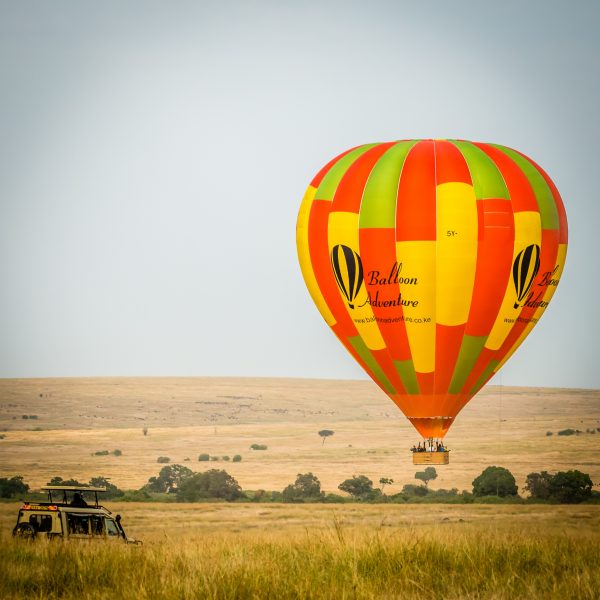
As the balloon cools, it descends
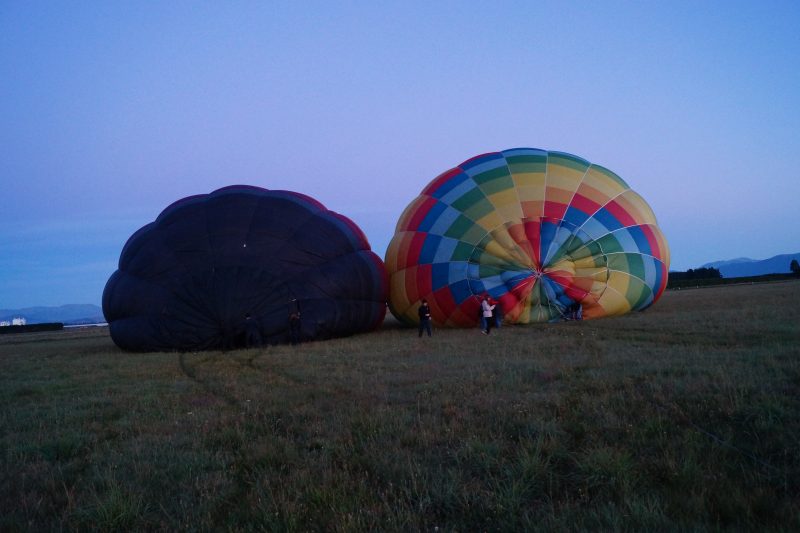
At the end of the flight, the pilot announces that it is time to land
Time to land
As the balloon cools, it descends. At the end of the flight, the pilot announces that it is time to land. It dips lower and lands. From a distance, a few guides who have been in touch with the pilot come to retrieve the passengers from the landing site. And the passengers disembark. Luckily, getting out of an upright basket is less dramatic than getting in. The drivers then take the passengers to the breakfast site a short distance away on a grassy plain.
Breakfast in style
There is no better way to end a memorable morning of sailing over the beautiful land of Kenya than with a champagne breakfast. Every balloon safari ends with one that includes boiled eggs, bacon and egg quiche, spinach quiche, sausages, pastries, fruit, and yogurt. It is cooked either over the balloon’s burners or on wood fires. Champagne invariably accompanies the breakfast. The food is delicious as is the champagne. Then they are presented with a certificate to mark the glorious occasion. After the meal, by mid-morning, the guides drive the passengers slowly back to the camp or lodge.
When to book
Balloon flights operate throughout the year. But the optimum time to do a balloon safari in the Mara is when millions of animals navigate the plains during the annual wildebeest migration. Dubbed as the eighth wonder, it takes place every year from July to October when some two million wildebeest, zebra, and gazelle migrate from Tanzania to the Maasai Mara looking for rain-ripened grass. The animals appear like ants scattered across a golden biscuit dough. But the beasts are not randomly roaming. There seems to be a pattern to their trail. And they feed as they move across. The deafening sound of hot air from the balloon sends the animals scampering. However, when they realise that they are out of danger, they soon fall back into formation.
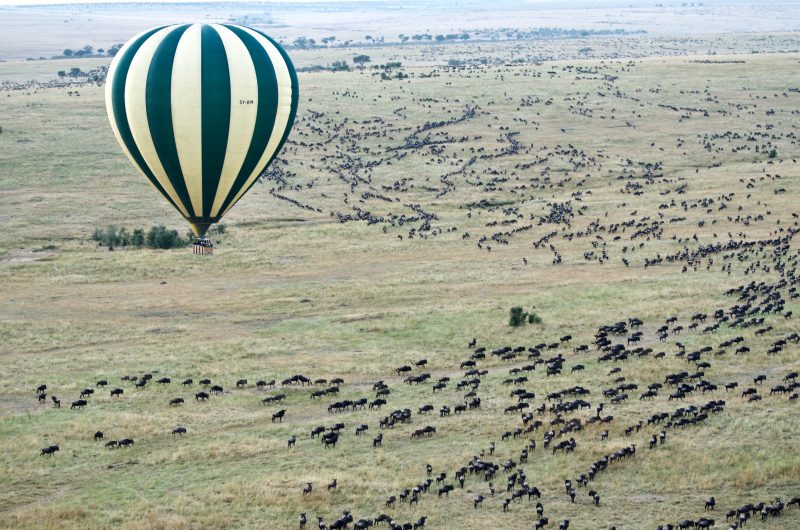
The animals appear like ants scattered across a golden biscuit dough
During the rains in November, the herds soon make their way back southwards to calve, until the following year when they migrate again. However, even at these times, because the animal movements and the wind are unpredictable, there is no guarantee of knowing what animals one can spot. A balloon safari can be booked through practically any camp or lodge, usually at short notice if staying a few nights. But during the peak season, it might be worth making the booking in advance through the tour operator.
Fly or drive
Maasai Mara is Kenya’s most frequented and famous wildlife reserve. While many heads to the Mara during the migration months, it also attracts tourists throughout the year, thanks to other wildlife such as lions, cheetahs, hyenas, elephants, giraffes, and warthogs. And while some animals are easy to spot, other animals like the black rhino are not. With an estimate of 25 black rhinos remaining, poaching has further decimated their population. Also, rhinos mainly tend to live away from the tracks traversed by vehicles. Thus, due to their scarcity and shyness, encountering them is more difficult. Balloon flights offer the opportunity to spot some of the elusive creatures. Although game drives provide a sense of the awe and wonder of the Reserve, it is from above ground that the grandeur and immensity of this natural spectacle truly appreciated.
5 Frequently Asked Questions About The First hot air balloon in Kenya
To book a balloon safari, please fill out the following form or simply email us on safaris@safari-center.com

